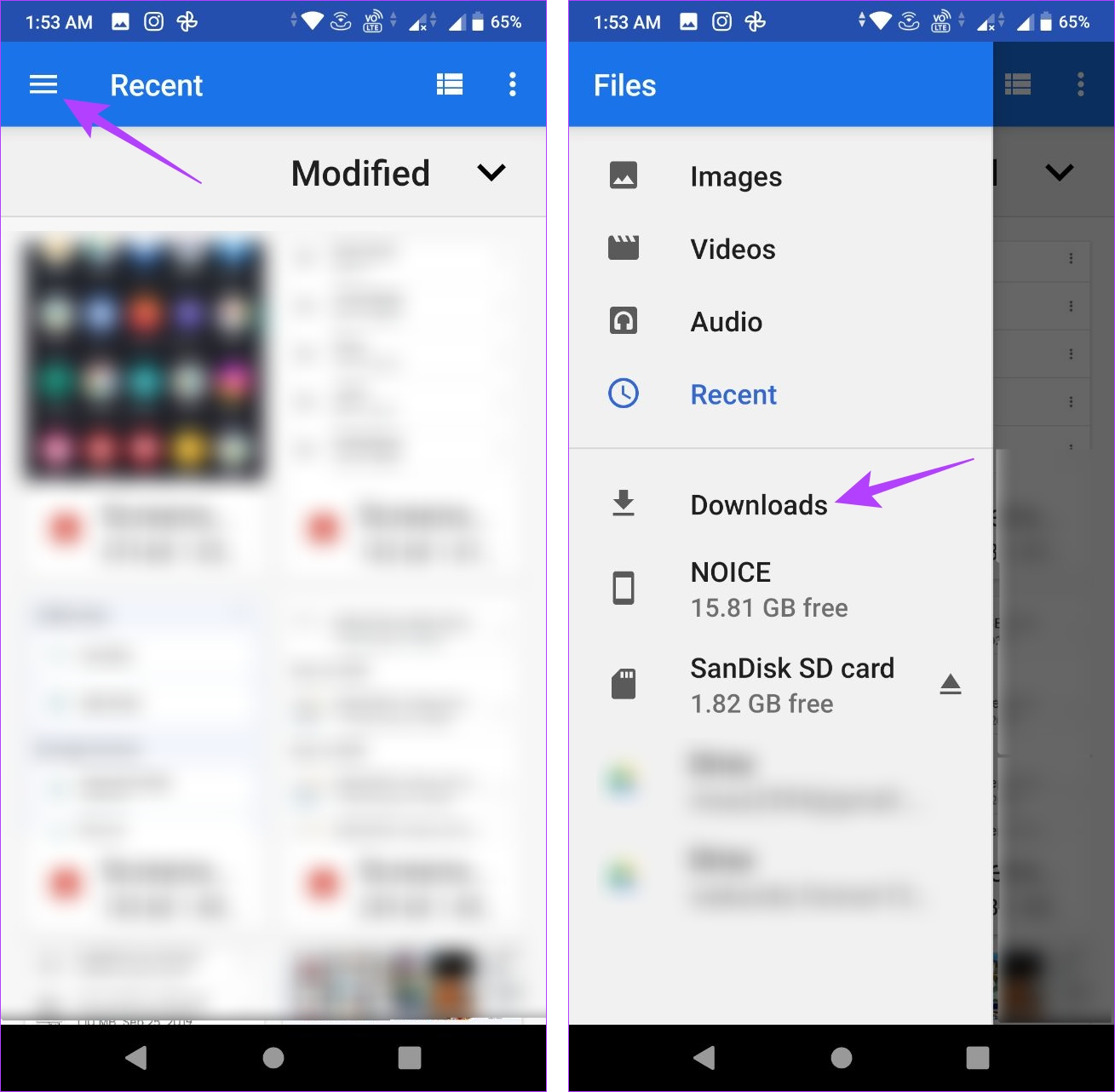Examine This Report on where are my downloads stored on my android phone
Examine This Report on where are my downloads stored on my android phone
Blog Article
Situating downloaded and install data on your Android tool can be a challenge. Effortlessly, your phone can quickly end up being jumbled with images, video clips, screenshots, and other files. To liberate area on your tool, it's necessary to monitor where your downloads are conserved. By doing this, you can quickly determine and erase unneeded data.

If you're having trouble situating a important file that appears to have actually vanished into thin air, fear not! This overview is below to help you track it down and get your Downloads folder in order. Whether you're a happy owner of one of the premier Google Pixel phones or an additional Android tool, we'll reveal you just how to quickly find your downloads and keep them neatly organized.
Find your downloads with the default file manager
Every phone maker might supply a special pre-installed Android application for organizing files, yet your use must be similar. If you have a Samsung device, you can consult our overview on finding downloads on your Samsung Galaxy phone.
Similar to other popular os, Android has a marked Downloads folder for keeping files. To find your downloaded and install files on your gadget, follow these steps:
1. Open up the Files or My Documents app from the home display or app cabinet.
2. Look for a area called Downloads.
3. Tap it to check out the documents you downloaded.
Make use of the Files by Google application for your downloads
If you're trying to find a straightforward and efficient way to find your downloaded and install documents on your Android tool, consider using Documents by Google from the Google Play Shop. This application attracts attention as a leading selection for its user-friendly interface and performance, making it an outstanding option to any type of preinstalled file manager app on your tool.
4. Open up the Data app.
5. Select the Browse tab at the bottom.
6. Faucet Downloads.
7. Select the Download and install tab to see the data in that folder.
Situate your downloads by hand
Browse to your phone's interior storage if you can not discover the storage area of the Downloads folder on the homepage of your documents manager application. Here's how you do it:
1. Open up the Data application.
2. Select the Browse tab at the bottom.
3. Scroll down and most likely to Internal storage space.
4. Tap the Download and install folder.
Move your downloads to an additional place
Transferring files download on your tablet out of the for different factors, specifically for documents that hold sensitive or personal data. Putting such documents in their marked folder enhances their safety and security and minimizes the threat of unintended removal. Furthermore, it assists avoid them from being lost among the multitude of unrelated files you may download.
1. Open the Files app.
2. Navigate to your Download folder.
3. Tap the three-dot menu to the right of any file.
4. Choose the Move to option.
5. Tap Internal storage at the bottom.
6. Select any location or folder.
7. Tap Move here to transfer the file to that location.
Additionally, you can utilize the Copy to feature and transfer these files to a different location. This enables you to create numerous copies without deleting the original files from your Download folder.
View the exact location of your downloadsM/b >
You may want to see the location of the Download folder for various reasons from time to time. Tap the three-dot menu next to one of your downloaded files and go to File info. The/ storage/emulated/0/ Download path is the default for many modern Android devices. Some third-party web browsers might save files to a different folder, but this should be the location for most downloads.
Managing your downloads is easier than you think
Google's Files app is a great option if you prefer simplicity in a file manager. It has a clean UI and easy-to-use features. The app neatly organizes your documents by file types like downloads, images, videos, and audio. It also offers to clear junk files.
Speaking of tidying up, you can free up more storage space by learning how to delete unwanted WhatsApp media files. You can install an SD card on some Android devices if you're still short on space.
Report this page